This article was medically reviewed by Janice Litza, MD. Dr. Litza is a board certified Family Medicine Physician in Wisconsin. She is a practicing Physician and taught as a Clinical Professor for 13 years, after receiving her MD from the University of Wisconsin-Madison School of Medicine and Public Health in 1998.
There are 9 references cited in this article, which can be found at the bottom of the page.
This article has been viewed 14,650 times.
Whether your vomiting is caused by morning sickness or chemotherapy, nausea can make you feel awful. Ondansetron is a medication that helps control nausea and vomiting, and the ODT version simply stands for oral dissolving tablet. This rapid-melt formula makes it easy to control vomiting without having to drink extra liquid. By taking Ondansetron, you can get a break from your nausea and rest. Being aware of potential interactions and side effects will keep you safe while you control your symptoms.
Steps
Taking the Medication
-
1Read the dosage directions on your prescription. Familiarize yourself with the appropriate dose of Ondansetron for you by reading your prescription. Depending upon the reason you are taking the medication, the dosage amount and frequency will vary.[1]
- Typically if you are taking Ondansetron for radiation-related nausea, you will take 1 dose 30 minutes before your cancer radiation, 1 dose 8 hours after the treatment, and another dose every 12 hours over the coming 1-2 days.
- The right dosage for you is usually based on your bodyweight.
-
2Wash and dry your hands thoroughly. Wash your hands under warm running water with soap for 20 seconds. Dry them completely on a hand towel. If your hands are damp, they will start to dissolve the medication when you touch it.[2]Advertisement
-
3Peel back the foil around one of the medication blisters. Use a fingernail to puncture the foil around one of your Ondansetron tablets. Carefully lift the foil to reveal the medication.[3]
- Avoid pushing the medication through the foil, which may cause it to crumble. The tablets are relatively fragile.
-
4Place the tablet on top of your tongue. Close your mouth and let the medication dissolve completely. Swallow normally.[4]
- There is no need to drink additional liquid to take your medication. Doing so may make you feel sick if you are already feeling nauseous.
-
5Repeat the dose if you vomit within 30 minutes of taking the medication. Take 1 additional dose of your Ondansetron if you throw up shortly after taking your original dosage. Do not increase the dosage, simply take what you normally would take again.[5]
- If vomiting continues, don't take another dose. Contact your doctor about appropriate next steps.
-
6Take any missed doses as soon as you remember. Skip any missed doses of Ondansetron only if it is almost time for your next dose. Otherwise, take your missed dosage as soon as you realize you've forgotten it.[6]
- A reminder on your phone or personal calendar can help you remember to take your medication.
Watching for Interactions and Side Effects
-
1Avoid taking Ondansetron if you are also taking Apomorphine. Talk to your doctor about alternative medications to control your nausea if you are on Apomorphine. Taking Ondansetron and Apomorphine together can increase the risk of complications from both medications.[7]
- Always make sure your doctor and pharmacist are aware of your full medication regimen, especially if you have been prescribed different medications by different doctors.
- Apomorphine is commonly prescribed for Parkinson's Disease.[8]
-
2Stop taking Ondansetron if severe vomiting or nausea persists. Call your doctor and stop taking your Ondansetron if the medication worsens or does not ease your nausea and vomiting. Though rare, it's possible that you may be having a negative reaction to the medication.[9]
- Your doctor can determine if it's worth trying a higher dose of Ondansetron or if perhaps you should try another medication to control your nausea and vomiting.
-
3Look for signs of an allergic reaction, such as hives or trouble breathing. Keep an eye out for symptoms of a potentially life-threatening allergic reaction called anaphylaxis after taking your Ondansetron. Wheezing, hives, swelling of the tongue and throat, and itchy skin are all symptoms to be taken seriously.[10]
- Anaphylactic reactions to Ondansetron are rare but possible. If you think you are experiencing a serious allergic reaction, go to your nearest emergency facility or call 911.
-
4Contact your doctor if you feel dizzy, faintness, or a racing heart. Tell your doctor about any history of heart arrhythmias in your family. Ondansetron can cause a pounding heart or rapid heartbeat in people with undiagnosed heart conditions.[11]
- Talk to your doctor before using Ondansetron especially if you have had a heart rhythm problem called QT prolongation. Ondansetron can make this worse.
-
5Look for unusual, painful swelling in your stomach area. Call you doctor if you notice areas of tenderness or swelling in your midsection after starting Ondansetron. This can be a sign of a serious stomach or bowel problem.[12]
- Your doctor can recommend a different medication to control your nausea and vomiting if needed.
-
6Talk to your doctor about using any other supplements or drugs. Consult your doctor about whether other vitamins, supplements, and medications you take can be continued while taking Ondansetron. Ondansetron has the potential to interact with your other medications, altering their effects on you.[13]
- Most supplements are not regulated by the FDA. It's best to avoid taking any supplements or medications unless deemed necessary by your doctor.
Warnings
- Avoid using Ondansetron in children under 4 years old unless directed to do so by your doctor.[16]⧼thumbs_response⧽
References
- ↑ https://www.drugs.com/ondansetron.html
- ↑ https://www.drugs.com/ondansetron.html
- ↑ https://www.uofmhealth.org/health-library/d00867a1
- ↑ https://reference.medscape.com/drug/zofran-zuplenz-ondansetron-342052
- ↑ https://www.drugs.com/ondansetron.html
- ↑ https://medlineplus.gov/druginfo/meds/a601209.html
- ↑ https://medlineplus.gov/druginfo/meds/a601209.html
- ↑ https://go.drugbank.com/drugs/DB00714
- ↑ https://patient.info/medicine/ondansetron-for-nausea-and-vomiting-sickness
- ↑ https://www.aaaai.org/conditions-treatments/allergies/anaphylaxis
- ↑ https://patient.info/medicine/ondansetron-for-nausea-and-vomiting-sickness
- ↑ https://www.drugs.com/cons/zofran.html#warnings
- ↑ https://my.clevelandclinic.org/health/drugs/20721-ondansetron-oral-dissolving-tablet
- ↑ https://www.uofmhealth.org/health-library/d00867a1
- ↑ https://www.uofmhealth.org/health-library/d00867a1
- ↑ https://www.drugs.com/ondansetron.html
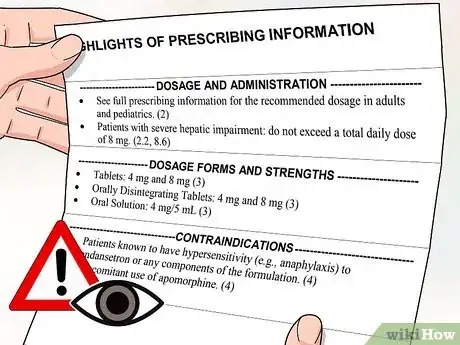


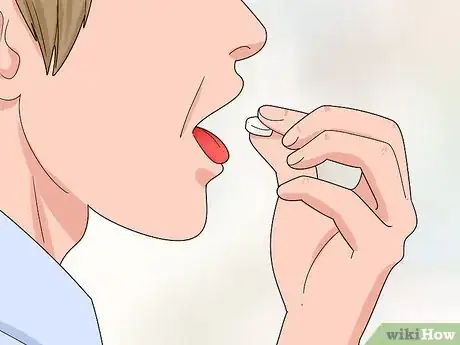

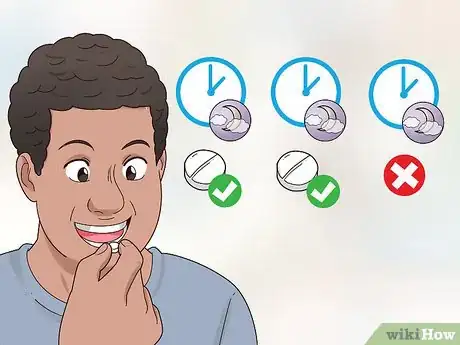
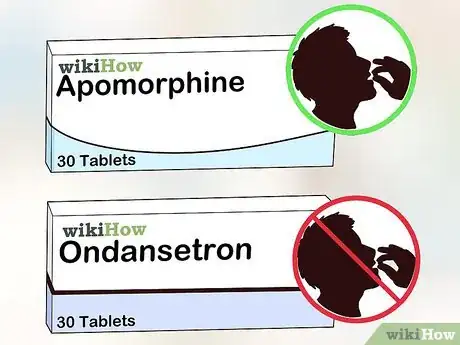
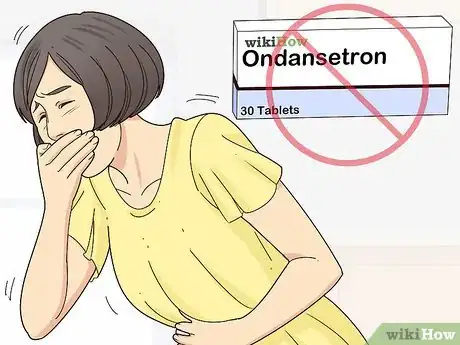

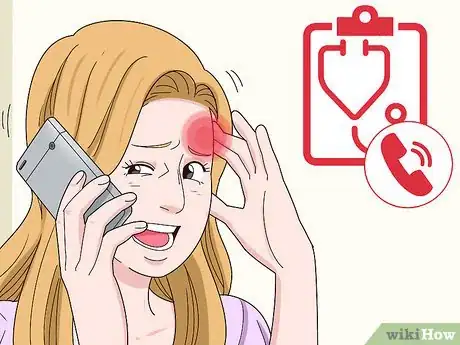
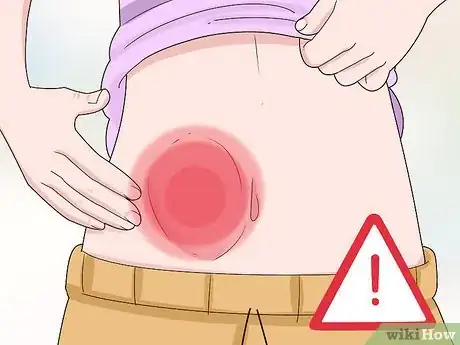



-Step-9-Version-5.webp)


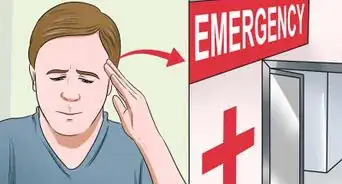





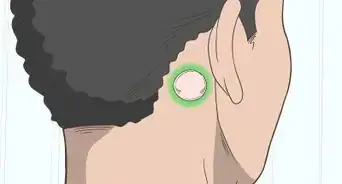









-Step-9-Version-5.webp)
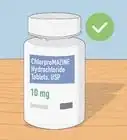




































Medical Disclaimer
The content of this article is not intended to be a substitute for professional medical advice, examination, diagnosis, or treatment. You should always contact your doctor or other qualified healthcare professional before starting, changing, or stopping any kind of health treatment.
Read More...